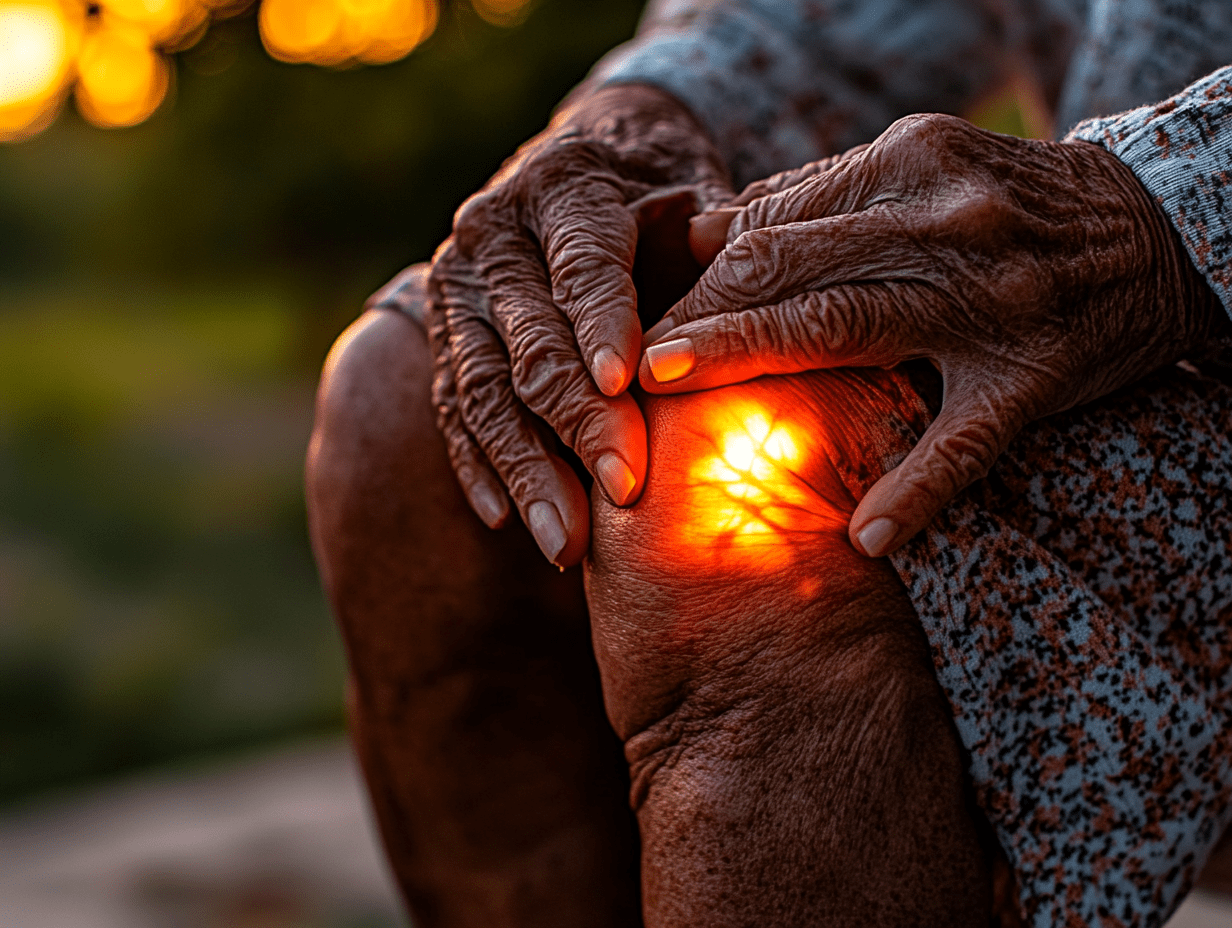Stem Cell Therapy is a growing area of research for treating macular degeneration and other causes of vision loss. Scientists are regenerating damaged retinal cells using stem cells to work toward restoring vision in the future. Let’s take a closer look at some key studies and reviews in the field.
There’s a few different types of Stem Cells mentioned in this article, if you want an overview on the main types of cells used, this article here covers the different types of Stem Cells. If you’re considering Stem Cell Therapy, our team can guide you in deciding if it’s the right fit, help you choose the best clinic & region, and even assist you in securing some great discounts! Fill in our form here to set up a conversation.
Current Stem Cell Trials for AMD
Luxa Biotechnology: RPESC-RPE-4WiPSC: Derived RPE Cell Transplantation
(Here is the press release, published in March 2025)
Location: Wills Eye Hospital, Philadelphia, PA
Participants: Six patients with dry age-related macular degeneration (dry AMD)
Phase: 1/2a (low-dose cohort)
Who’s Running This Study: The trial is led by Luxa Biotechnology, a regenerative medicine company developing iPSC-derived therapies for retinal diseases like dry AMD.
Methodology
- This early-stage trial tested whether a suspension of 50,000 lab-grown retinal pigment epithelium (RPE) cells, made from iPSCs, could be safely implanted under the macula (the central part of the retina) in patients with dry AMD.
- The RPE cells (called RPESC-RPE-4W) were delivered as a cell suspension rather than a patch, a more scalable and potentially less invasive method. The six patients were divided into two groups:
– Group I: Patients with worse vision were followed for 12 months.
– Group II: Patients with better baseline vision were followed for 3 months.
Researchers monitored safety and changes in visual acuity using the ETDRS letter chart, a standard test for measuring vision.
Results
- The treatment appeared safe.
- No serious adverse events were linked to the cell therapy.
- In terms of vision:
– Group I saw an average improvement of +21.67 letters at 12 months.
– Group II had a +3.3-letter improvement at 3 months. - These changes are meaningful. Even a gain of 5–10 letters can make a real difference in everyday life including improved ability to read, recognize faces, and move around more confidently.
What’s Interesting About This Study?
- This is one of the first clinical trials in the U.S. using iPSC-derived RPE cells for dry AMD, a disease that currently has no regenerative treatments.
- Unlike embryonic stem cells, iPSCs are made by reprogramming adult cells, offering a scalable and ethically acceptable source of replacement tissue.
- The use of a cell suspension (rather than a patch) also makes this therapy easier to administer and potentially more accessible in the future. Most importantly, the strong vision gains in some patients are an early but exciting signal that stem cell therapies may offer real hope for restoring sight in degenerative eye diseases.
- More data from higher-dose groups is expected soon.
Limitations of this Study
- Small Sample Size: Only six patients were included in this low-dose cohort. While the results are promising, they’re too early to draw broad conclusions.
- Short-Term Follow-Up for Some: Group II patients were only followed for three months, which isn’t long enough to understand sustained results or late-onset side effects.
- Low Dose Only: The study only tested the lowest dose (50,000 cells). It’s not yet clear whether higher doses will be more effective or if they’ll introduce new safety risks.
- No Control Group: This phase did not include a placebo or control group, so it’s unclear how much of the vision gain might be due to other factors like surgery effects or natural fluctuations.
AMD can be frustrating and overwhelming to treat. We’re not here to hype miracle cures. Our goal is to help you decide for yourself if it’s worth exploring, risks involved & treatment prices around the world.
Get Free GuidanceNo pressure. No spam. Just honest advice to help choose the right clinic.
A Phase I/IIa trial in the U.S. is evaluating whether retinal pigment epithelial (RPE) cells derived from induced pluripotent stem cells (iPSCs) can safely and effectively treat geographic atrophy in advanced dry age-related macular degeneration (AMD).
- Participants: Up to 20 patients, aged 55 or older, with advanced geographic atrophy and significant vision loss in one eye.
- Procedure: RPE cells are created from the patient’s own blood, grown on a biodegradable scaffold, and transplanted into the retina. Patients receive immunosuppressive medications to prevent rejection and are monitored for complications.
- Goals: The study focuses on assessing safety, survival of transplanted cells, and potential vision stabilization or improvement. Imaging and vision tests are conducted to track changes over five years.
- Current Status: No results are published yet. Early safety data will determine if more participants are included and pave the way for future research phases.
- This study is in its early stages, aiming to determine whether this innovative cell-based therapy can halt or reverse vision loss caused by dry AMD
In simple terms, they’re testing for:
- Safety:
– Check for side effects, such as immune reactions or complications from the transplant procedure
– Monitor for risks like tumor formation or unwanted cell growth. - Feasibility:
– See if these lab-grown RPE cells can be successfully transplanted and survive in the retina.
– Confirm whether the cells integrate properly with the patient’s eye tissue - Early Effectiveness:
– Measure changes in vision, such as improvement in sharpness or stabilization of vision loss.
– Use imaging tools like OCT and fluorescein angiography to track the condition of the retina.
– Test how sensitive and stable the retina is after treatment. - Long-Term Tracking:
– Follow patients for up to five years to understand how well the treatment lasts.
– Compare treated eyes with untreated eyes to see the differences in outcomes.
Studies on Stem Cell Therapy for AMD
1. Cell Therapy for Retinal Diseases (2020)
A clinical study conducted at various centers across the U.S. is exploring the use of retinal pigment epithelial (RPE) cells derived from iPSCs (induced pluripotent stem cells) to treat age-related macular degeneration (AMD).
Participants: The study involves 50 patients with advanced AMD.
Procedure: Stem cells are directed to become RPE cells and transplanted into the patients’ retinas.
Results: Early results suggest improvements in vision for a majority of participants, but longer-term follow-ups are needed to assess lasting effects. This study is promising but still in its trial phase.
2. Advancements in iPSC Therapy (2023)
Researchers in Japan are conducting a trial using iPSC-derived retinal cells to treat advanced macular degeneration.
Participants: The trial includes 30 patients, who are monitored for improvements in vision after receiving the stem cell therapy.
Procedure: iPSCs are derived from the patient’s own cells, minimizing the risk of immune rejection. These are then differentiated into retinal cells and transplanted.
Results: Some patients have reported clearer vision, with less deterioration in the affected eye, though it remains a small-scale study. Researchers need to involve more participants and conduct longer trials to draw conclusive results
Looking into Stem Cell clinics for AMD?
Browse verified stem cell clinics in Colombia, South Korea and more that we’ve already personally vetted.
Browse Verified Stem Cell ClinicsStudy Limitations
These studies are promising, but these trials still have some significant gaps. Here’s what we know—and what’s missing.
- Small-Scale Studies
– Limited Participants: The U.S. trial includes up to 20 patients, while the Japanese trial involves 30. These small numbers make it hard to know if the results will hold up for larger, more diverse groups.
– Narrow Focus: These trials mainly target older adults with advanced AMD. It’s unclear how the therapy might work for younger patients or those with earlier stages of the disease. - Safety Over Results
– Early Stages: These trials are focused on making sure the treatment is safe and the cells survive after being transplanted. They aren’t yet designed to prove how well the therapy restores vision.
– Long-Term Risks Unknown: There’s not enough data yet to confirm if risks like tumor formation or immune rejection stay low over time. - No Long-Term Data
– Short Follow-Ups: The U.S. trial is following participants for five years, but the study isn’t complete, and no long-term results have been published yet.
– Will It Last? While early results suggest some improvement in vision, we don’t know if the benefits will last or if the disease will continue to progress. - Functional Improvements Are Unclear
– Vision Metrics: These studies measure changes like vision sharpness, but it’s unclear if the therapy improves everyday tasks like reading or recognizing faces.
– Cell Integration: The transplanted cells seem to survive and attach to the retina, but it’s not clear how much they improve actual vision function. - Dependence on Immunosuppression
– Side Effects: Patients need immunosuppressive drugs to prevent rejection of the transplanted cells. These drugs can increase the risk of infections, especially in older adults.
– Not Perfect: Even when using iPSCs made from the patient’s own cells, immunosuppression may still be required, limiting the treatment’s accessibility. - Accessibility and Costs
– Expensive Process: Growing and transplanting retinal cells is highly specialized and costly, making widespread use a challenge.
– Trial-Only Availability: Right now, the therapy is only available through clinical trials, so most AMD patients can’t access it.
What’s Missing From These Trials?
While the trials show promise, many questions remain:
- Who Benefits Most? It’s still unclear which patients will see the most improvement from this therapy.
- Can Results Be Repeated? The small scale of these trials doesn’t show if the outcomes will be the same for larger groups.
- How Long Does It Last? We need more time and data to understand if the benefits are permanent.
- Is It Practical? Costs, immunosuppressive drugs, and complex lab processes raise questions about how widely this therapy can be used.
These trials are an exciting step forward, but they’re just the beginning. Larger, longer studies are needed to answer these critical questions and determine if stem cell therapy can truly change the future for AMD patients.
Stem Cell Patch Trials
Stem Cell Patch for Dry AMD (2023)
A phase 2b clinical trial is testing a stem cell patch developed by USC researchers to treat advanced dry AMD, also known as geographic atrophy.
- Participants: The trial will involve 24 patients with vision loss caused by geographic atrophy.
- Procedure: A patch containing retinal pigment epithelial (RPE) cells is surgically implanted beneath the retina to restore its structure and function.
- Results: Early trials showed promising improvements in retinal structure and function, but the treatment is still under evaluation for safety and long-term efficacy. This study is ongoing and remains in the experimental phase.
Conclusion
Right now, this treatment offers hope for some patients, especially those with advanced cases who have few other treatment options. However, the therapy is still largely in the experimental phase, and long-term data is lacking. To read more about the actual treatment process and other treatment options, check out this article.
If you’re deciding which country is best for you, or want to talk about clinics we’ve already vetted, fill out our form below. Our team will guide you with clear, honest answers.
Alt Treatment is a free, independent platform that helps you understand stem cell therapy & decide if it’s right for you.
We break down complex information into clear, honest guidance. When you’re ready, we can connect you with verified clinics that meet your needs, in the right location, and often with exclusive discounts.
There’s no charge to use our platform. No hidden fees. No pressure. Our main aim is to genuinely help you figure out if treatment is right & the best places to consider.
If you want to talk, fill out our form here & our personal concierge team will reach out.
Stem Cell Therapy can work, but it’s not a magic fix for everything. Some studies show promising results, especially for conditions like arthritis and certain injuries. The type of stem cells used, the condition treated, and individual factors all determine the results
Embryonic stem cells (ESCs) are like the all-stars of the cell world! They come from early-stage embryos and can turn into any cell type in the body, making them super versatile. But here’s the catch: using ESCs can be controversial because harvesting them involves destroying the embryo, which raises ethical concerns. Plus, there’s a risk of these cells forming tumors since they can grow uncontrollably if not handled correctly. That’s why many people prefer Mesenchymal Stem Cells (MSCs) from adult tissues like bone marrow or umbilical cords—they view MSC therapies as less risky and free from ethical concerns
Fill in your details below
For a discounted offer for Stem Cell Therapy!






